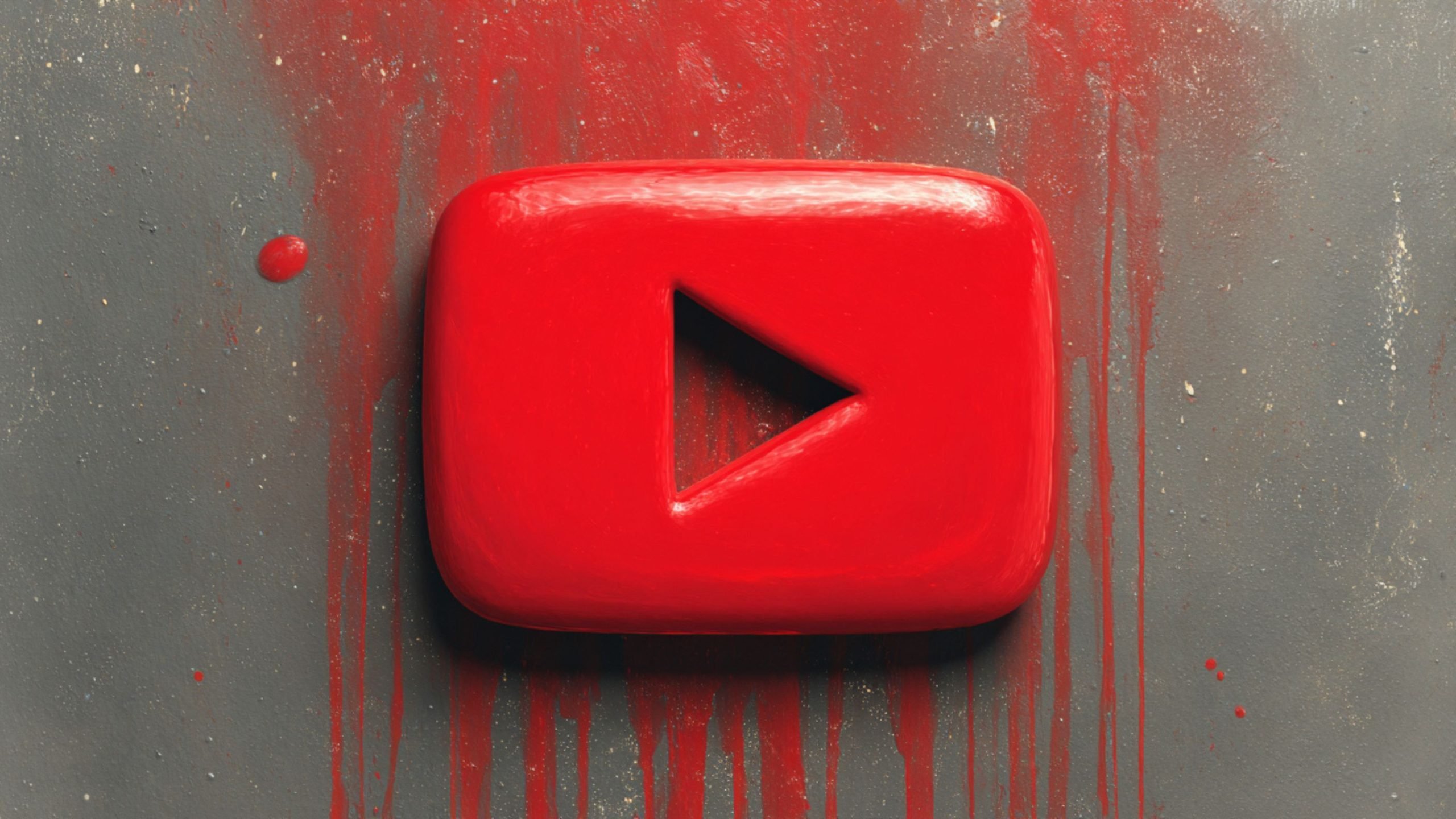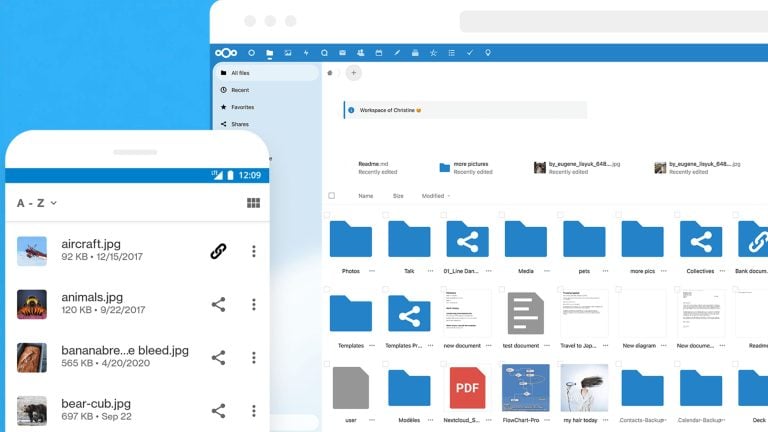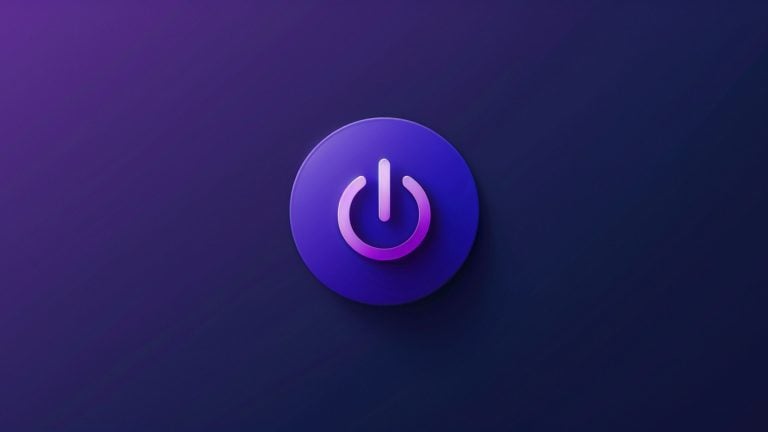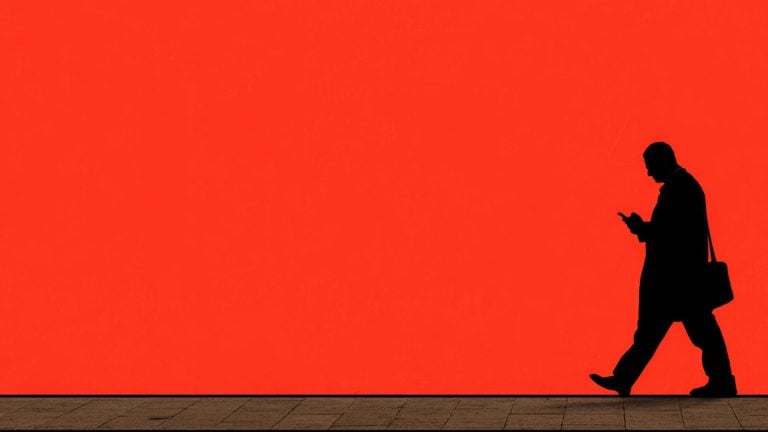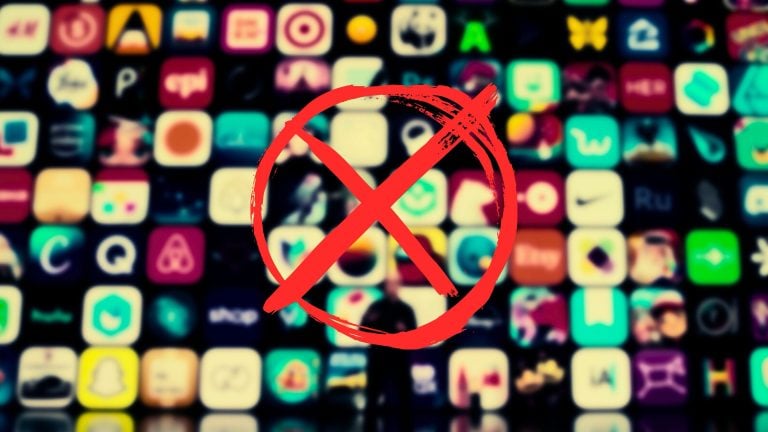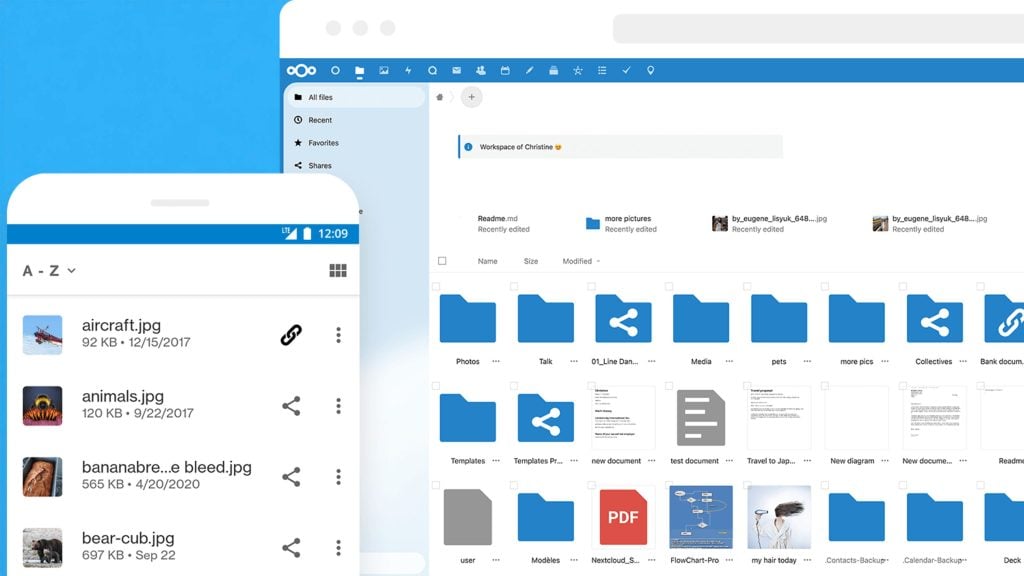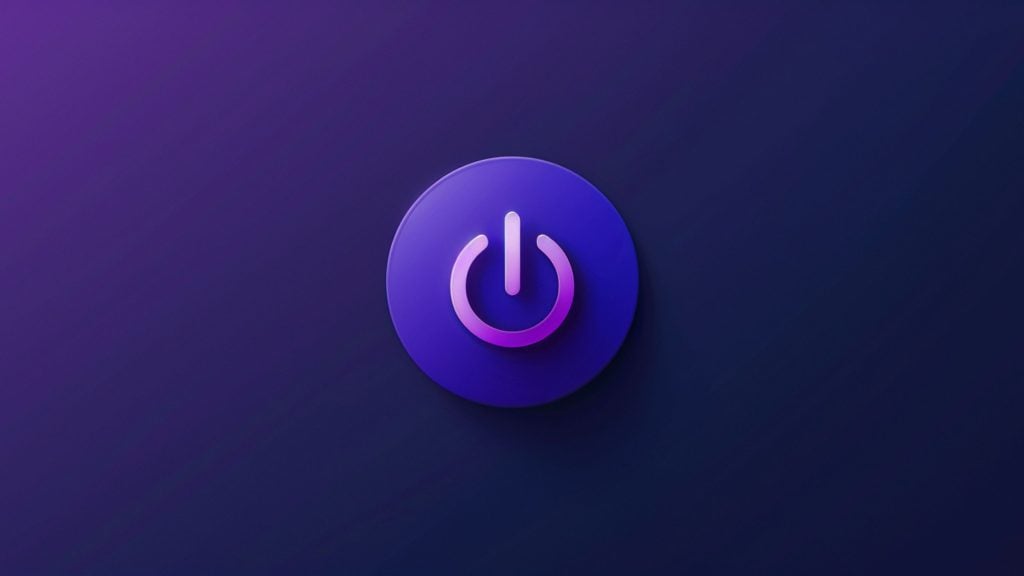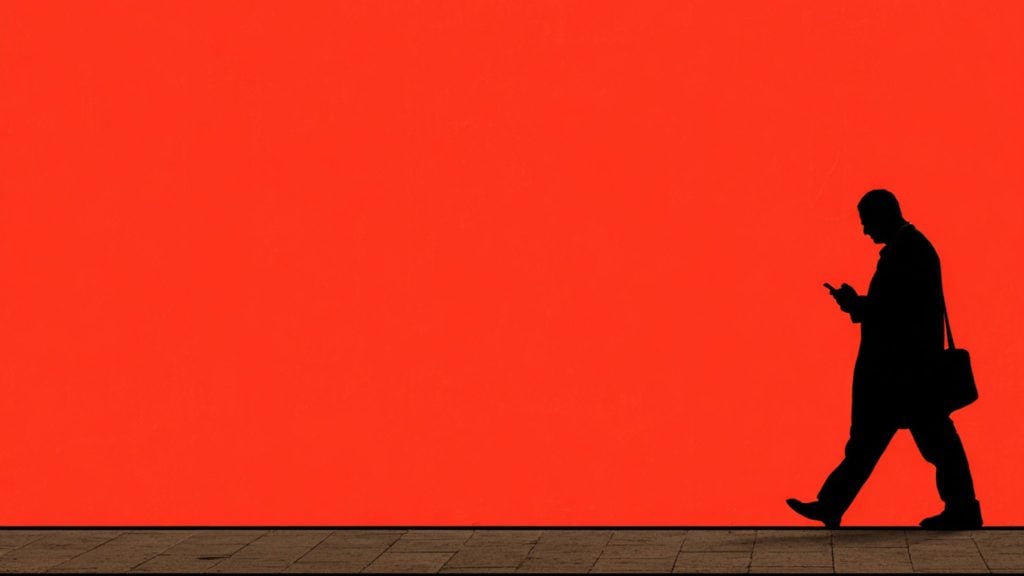YouTube is being criticized for what many see as backpedaling on its commitment to free speech, after pledging to restore banned accounts, only to continue removing new channels created by previously banned figures.
The initial assurance came in a letter dated September 23, 2025, addressed to House Judiciary Committee Chairman Jim Jordan.
In that communication, YouTube acknowledged its past enforcement actions, which included terminating channels over election-related and COVID-19 content under policies that have since changed. The company claimed that its current guidelines permit more room for such topics and asserted:
“Reflecting the Company’s commitment to free expression, YouTube will provide an opportunity for all creators to rejoin the platform if the Company terminated their channels for repeated violations of COVID-19 and elections integrity policies that are no longer in effect.”
The same day, YouTube posted a message on X describing a “limited pilot project” that would provide “a pathway back to YouTube for some terminated creators to set up a new channel.”
However, the platform immediately added that this option would only apply to a “subset” of creators.
The vagueness of the commitment raised suspicion, which intensified when two prominent figures, Infowars founder Alex Jones and “America First” host Nick Fuentes, launched new channels that were almost immediately taken down.
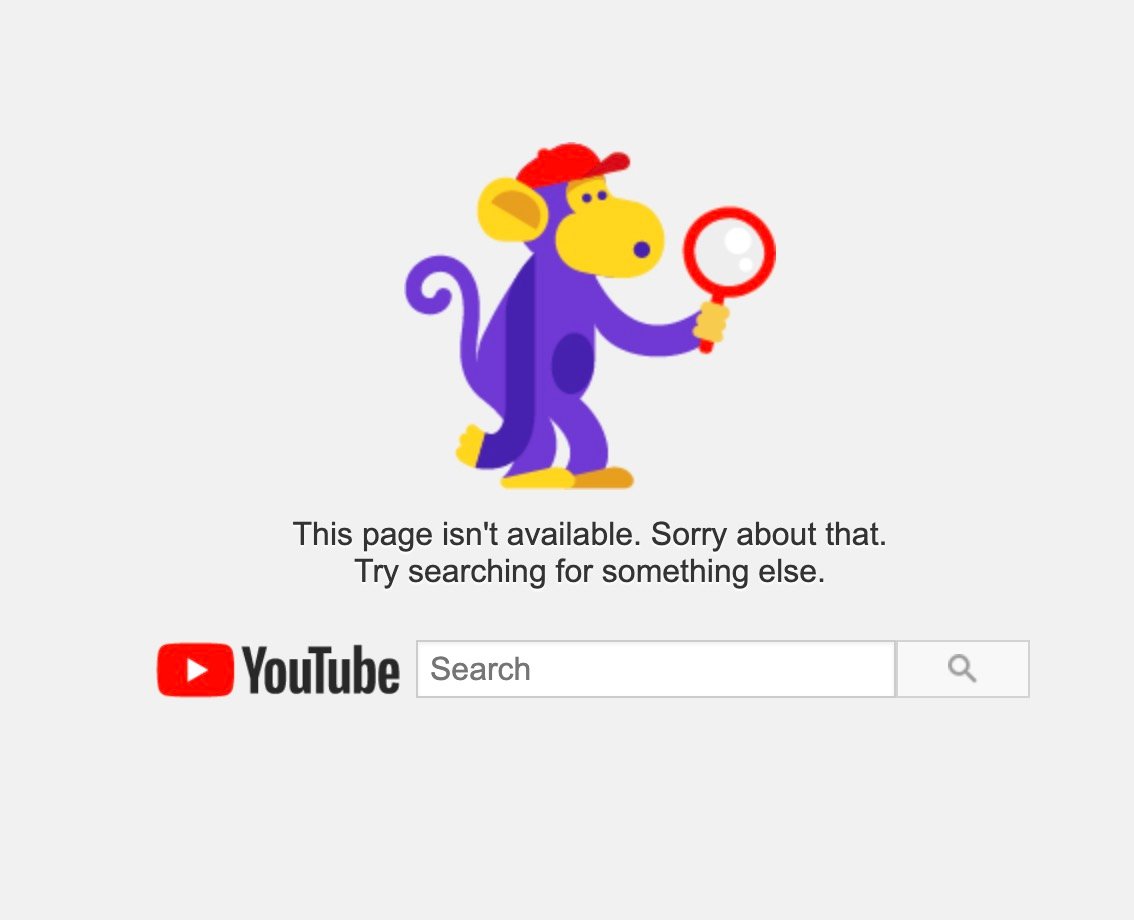
On September 25, YouTube confirmed in a follow-up post that the pilot program wasn’t active yet and reiterated that users previously banned under its policies would have their new channels removed.
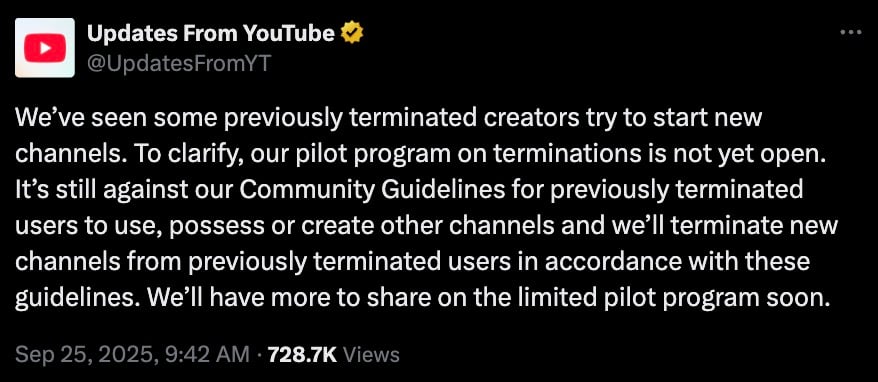
This abrupt reversal drew widespread condemnation. Either YouTube is committed to backtracking on its mistakes or it’s not.
YouTube’s September 25 post was heavily ratioed, with users blasting the company for promoting a free speech revival while simultaneously doubling down on removals.
The disconnect between the public promise and its execution fueled accusations of insincerity.
While YouTube justified the removals by citing that Jones and Fuentes had not been banned under the now-defunct COVID or election integrity policies: Jones was booted in 2018 over what the platform labeled “hate speech,” and Fuentes was removed in 2020 for alleged violations of the same hate speech rule, many argue that the company’s overall stance still undermines the broader principle of open discourse.
By dragging out the reinstatement process and narrowing eligibility through an undefined pilot, YouTube is being accused of turning its supposed “commitment to free expression” into a hollow gesture.
The promise to Congress now appears to be less a genuine policy shift and more a tightly controlled PR maneuver.
Despite YouTube’s attempts to frame its evolving guidelines as a win for free speech, actions speak louder. Blocking even the chance to return, particularly after stating that creators could rejoin, reveals just how selective the platform remains in determining who gets to speak and who doesn’t.

